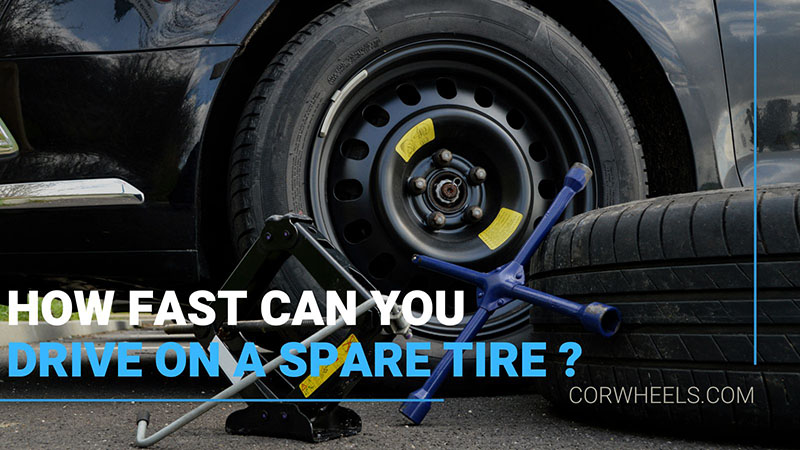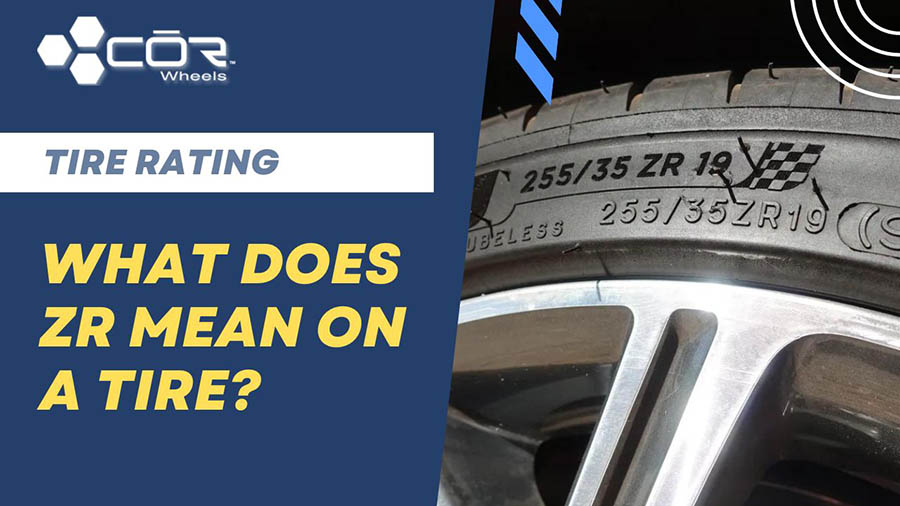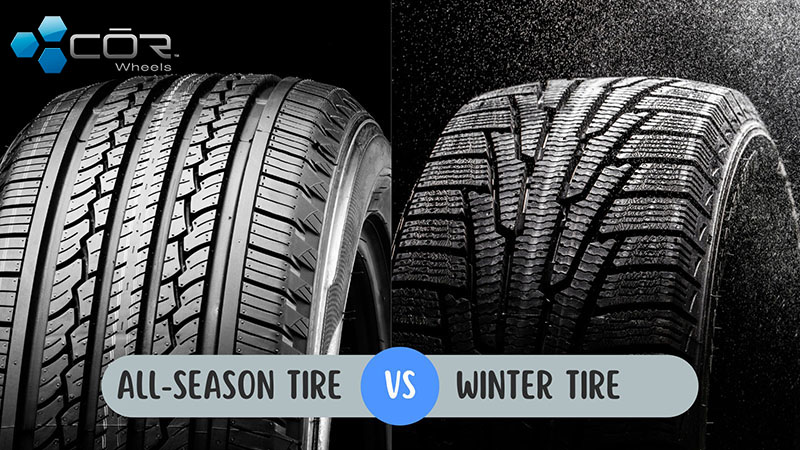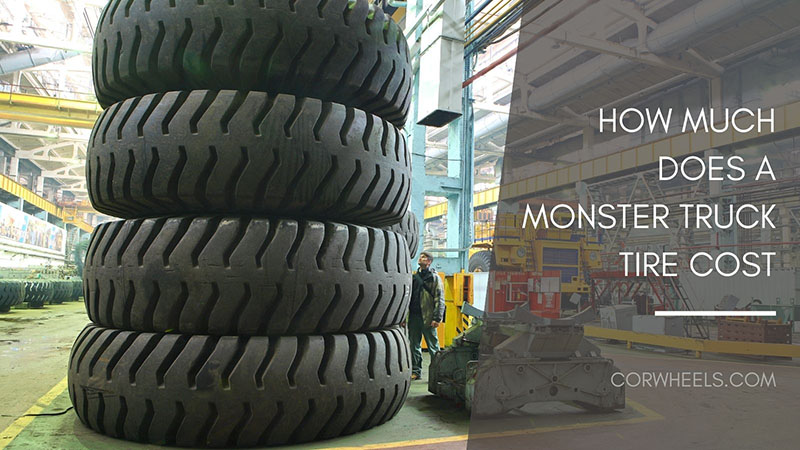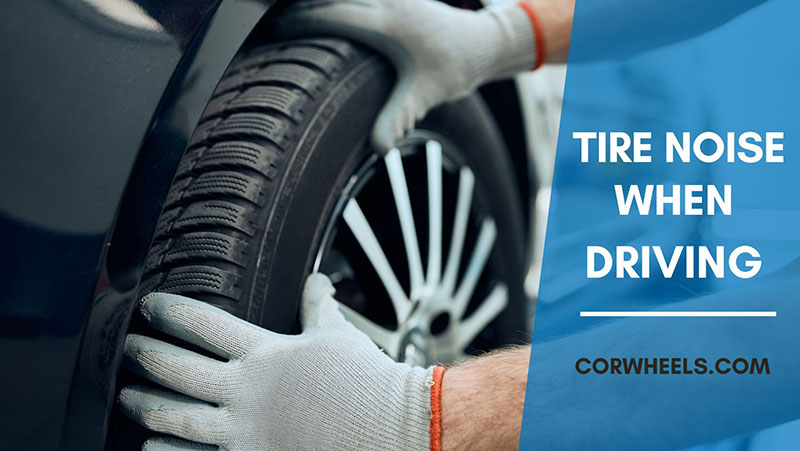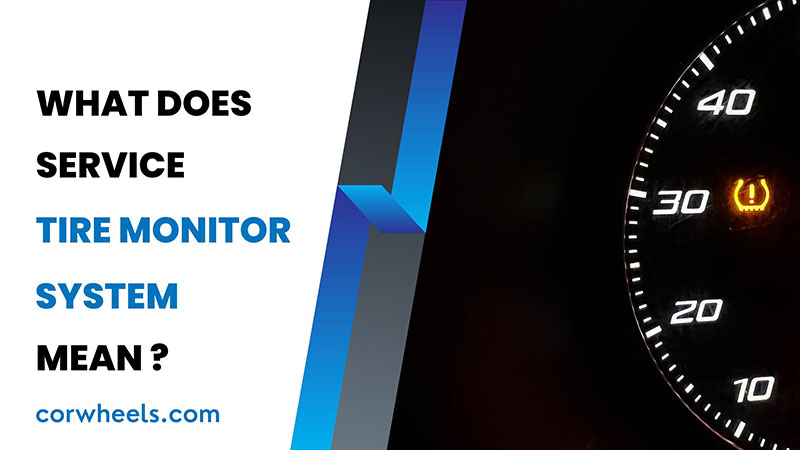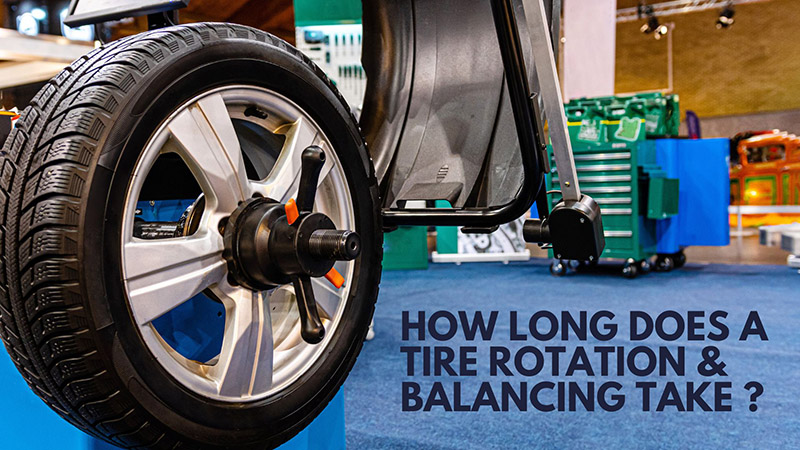Though not comparable to regular tires in performance, spare tires are a last resort when your car wheels break down on the street. They can last you for several miles before you can eventually afford replacements.
So what exactly is the spare tire max speed? Is it alright to drive them on highways? Our expert team has received these questions from readers over the past few months.
This guide will detail how fast you can go with a spare tire. Keep scrolling!
In this article:
How Fast Should You Drive on A Spare Tire?
Generally, you can afford 45 to 55 MPH for a maximum distance of 70 miles. Exceeding both these benchmarks only gives your poor car a premature death!
The following section further breaks down the capabilities and limits of each spare type:
1. Full-Size Spare Tires
Most full-size tires belong to the “matching” category, meaning they have the exact same weight, size, and even brand as your existing tires. Hence, you might not have to worry too much about their maximum speeds; going about 50 MPH should not be difficult!
If you are in a hurry to reach the destination, speeding up to 55 MPH is alright. But do not turn to that option too often since spares are never meant to withstand that much power – no matter how much they resemble traditional tires.
2. Donut Tires
Donut spares (or space saver spares) are much smaller than full-sized alternatives. They are designed to be small, portable, and lightweight, giving you enough time to push your dead car to a nearby tire center.
Hence, do not be surprised that their tread construction is quite substandard. To ensure safety, you should not let the car speed exceed 45 MPH. Also, do not drive on them for over 70 miles!
3. Run-flat Tires
Run-flat tires are the highest-performance options on the list, allowing you to reach 55 MPH for about 55 miles. Nevertheless, like other spare tires, aggressive driving will dampen the treads and traction levels, so we suggest only allowing maximum speeds in extreme cases/emergencies.
Why Driving Fast on Spare Tires Is Never A Good Idea?
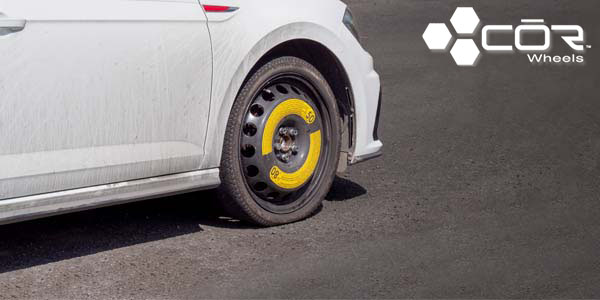
We have already mentioned that spare tires are not as high-quality as standard ones, and driving too fast will bring consequences. But to what extent can these negative impacts reach you? Check out the following:
1. Fast Tread Wear
Most spare tires have fewer and thinner treads than regular ones. Driving too fast forces them to work much harder; as a result, rapid tread wear will be inevitable.
2. Tire Blowouts
These temporary spares are not built with premium quality and solid binds like standard tires; aggressive driving and speed are beyond their handling. If you persist, the tires will blow out and collapse the entire car.
3. Flat Tires
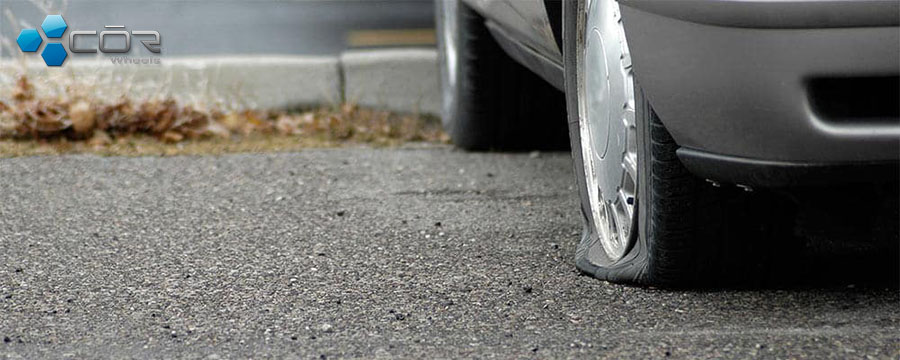
Unlike your existing tires, these spares have limited resistance to road objects and hazards (rocks, nails, screws, etc.). Their violent contact with all these items put them in immense danger of flat-running issues.
4. Damage to Other Car Parts
Do you really think the tires will be the only affected part? Sadly, every car compartment is bound in an interconnected system, most of which are also involved in tire operation. So once the tires break down, they will suffer the consequences, too. Cases in point include:
- Steering system
- Car heating
- Brakes
- Suspension
- Transmission
5. High Accident Risks
You would be lucky if the spare tires chose to fail and lose control in the middle of an empty road. But imagine it happened on busy streets where huge trucks and vans were coming; we don’t need to tell you the rest!
Is It Alright to Drive Spares on Highways?
No.
While it’s not illegal, we will never recommend highways for cars with spare tires. Their average speed often exceeds 50 MPH – too much for most spare tires to handle. Persisting to drive here only endangers both yourself and the car.
Not to mention, highways often involve longer distances (you might have to drive for at least half an hour before finding a stop), and that’s also too much for temporary tires like these. Unless you have no other choices, avoid highways at all costs.
Tips to Drive On Spares Safely
- Check the pressure regularly. Use a tire pressure monitor to inspect its pressure whenever you can. An underinflated tire will not help your car much!
- Spend more time on braking. Spares often cause speedometer inaccuracies and make the ABS malfunction. To avoid unpleasant surprises on the road, brake early with a huge space between your car and others.
- Be more careful in extreme weather. Their substandard treads do not provide enough traction like regular tires. Drive slowly and carefully.
Conclusion
Our inclusive guides have discussed all there is to know about spare tires’ maximum speed and mileage. Unless you want to invite accidents your way, never exceed 55 miles per hour or go longer than 70 miles. As soon as you find the time, replace them with regular wheels at a service center immediately
See more:

